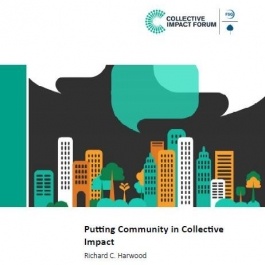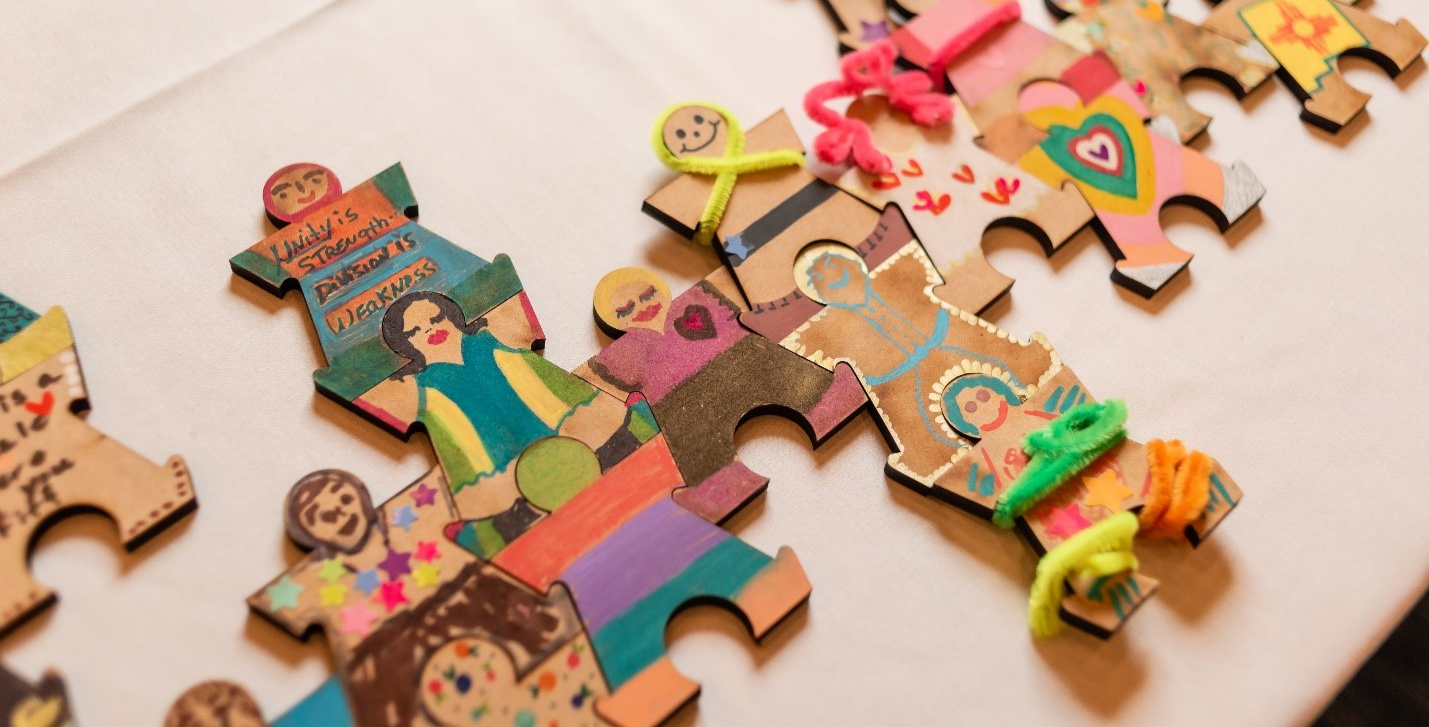Considerable attention is being paid to the role and importance of community engagement in successful collective impact efforts. The recent paper entitled Putting Community in Collective Impact by Richard Harwood and published by the Collective Impact Forum, dives more deeply into this important issue and concludes that, "civic culture matters for Collective Impact. Big Time!" Civic culture refers to the unique characteristics that describe "how a community works: how trust is formed, why and how people engage with each other; and the degree of readiness for change amongst leaders." Each community has its own civic culture and paying attention to it, makes it possible to accelerate and deepen collective impact efforts.

Putting Community in Collective Impact outlines five key characteristics of civic culture and how paying attention to them can enhance rather than undermine the successful implementation of a Collective Impact effort. The five characteristics are:
- Ownership by the Larger Community - Successful Collective Impact efforts must value public knowledge as well as expert knowledge. Engaging shared public knowledge enables a Collective Impact effort to provide an opportunity for people "to engage as citizens, with true aspirations and agency, not merely as passive consumers or claimants, making demands on limited resources."
- Strategies that Fit the Community - This characteristic focuses on ensuring that the aligned strategies within a Collective Impact effort "fit" the local community context. Fit is created by using the community's public knowledge to drive the definition of the common agenda and to understand what strategies are relevant to the community.
- A Sustainable Enabling Environment - This characteristic is focused on paying attention to the "underlying conditions within a community that need to be present for change to occur - and for the community itself to change how it works together." Nine leadership factors contribute to building public capital. The magic is to develop collective impact strategies that simultaneously strengthen the community's public capital.
- A Focus on Impact and Belief - As important as it is for Collective Impact efforts to focus on "impact" - demonstrated progress on issues that people care about - equal attention needs to be paid to people's belief that they can get things done, together. Belief is that intangible factor that pushes people to become engaged. It arises when people believe they are part of something larger than themselves. While impact can be demonstrated with data, belief emerges from passion, meaningful relationships and confidence that change is possible.
- The Story a Community Tells Itself - The key hidden factor in whether a community moves forward or not is its narrative: the story the community tells about itself. Like a parable whose lesson is embedded into a story, a community's narrative shapes people's mindsets, attitudes, behaviors and actions. Communities need "can-do" narratives to successfully implement Collective Impact efforts, but these cannot be imposed. Rather they must emerge from the community's genuine efforts and progress of working together in new ways.
Keeping community at the center of Collective Impact is key to the successful implementation of Collective Impact. By "turning outward" to remain focused on how our Collective Impact effort remains relevant and significant to the life of the community and its unique civic culture, we will succeed in finding "the way forward."
Download Putting Community in Collective Impact.





